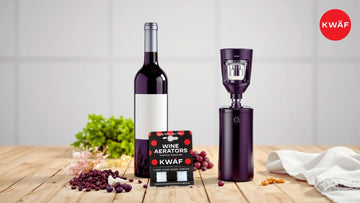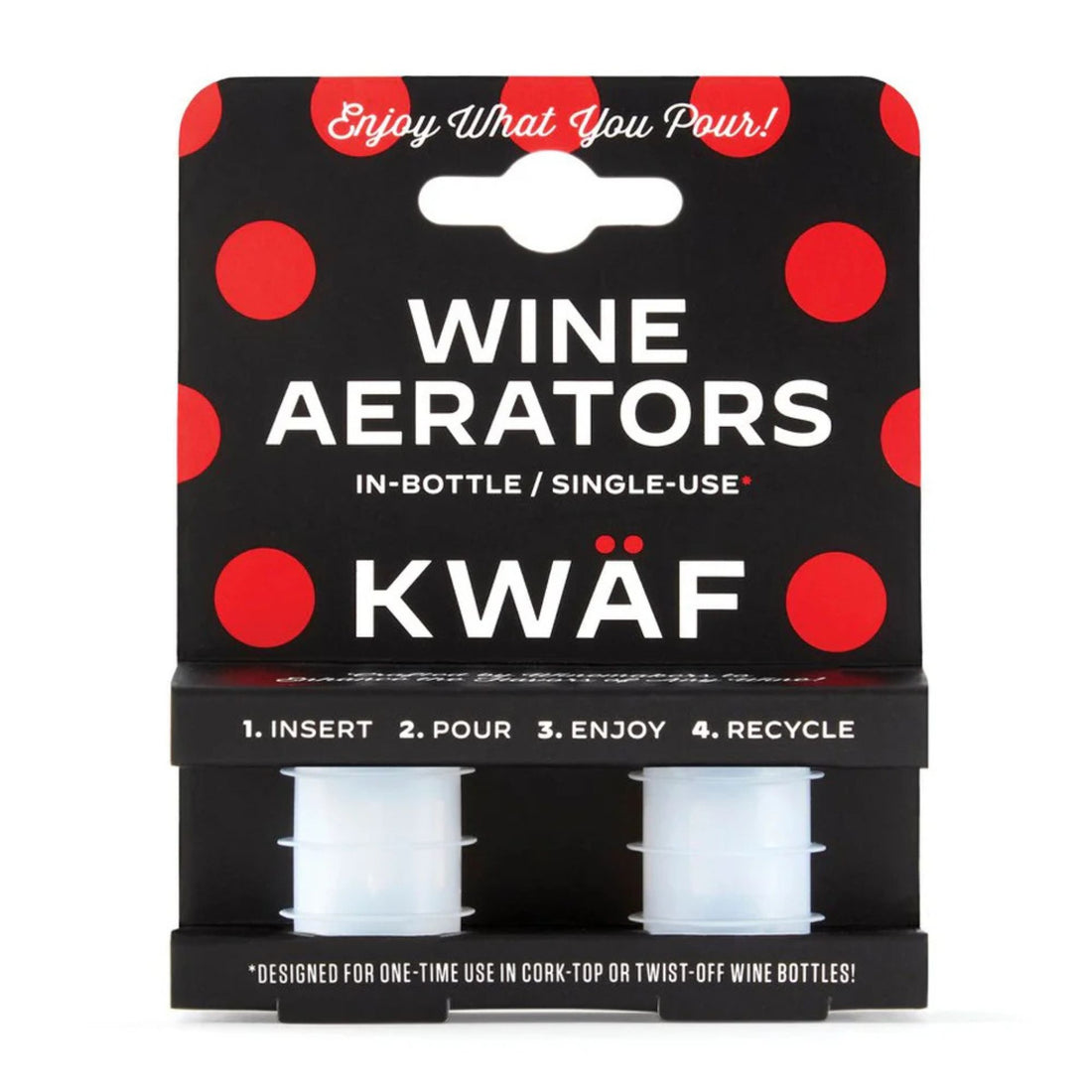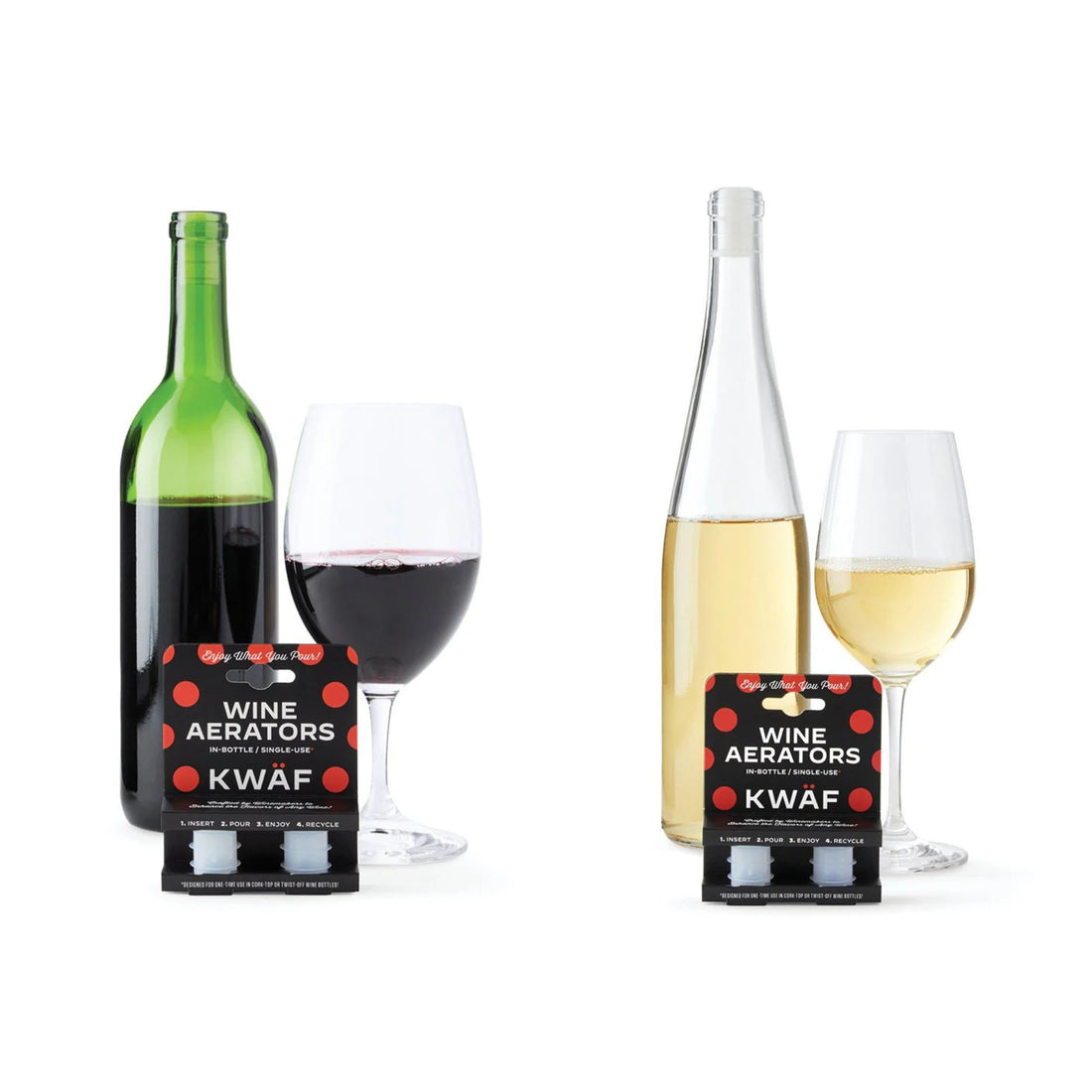Wine bottles are more than vessels for storing and transporting your favorite beverage. Their unique shapes and sizes hold historical significance and play a crucial role in the wine's aging process and overall experience. Knowing the proportions of wine bottle dimensions can help anyone, from a seasoned collector to an interested enthusiast, better appreciate the complex world of wine.
Understanding the Standard Wine Bottle
The most common wine bottle, holding a standard 750 milliliters (ml), is the Bordeaux bottle. This bottle features a cylindrical body with sloping shoulders that transition into a relatively long neck finished with a rounded or square punt at the base. The average diameter of a Bordeaux bottle falls between 2 ¾ inches and 3 ½ inches, while the height can range from 11 ½ inches to 13 inches.
This classic design offers several advantages:
- Stability: The punt provides stability and prevents the bottle from slipping quickly.
- Stackability: The sloping shoulders allow for efficient stacking during storage and transportation.

- Light Protection: The dark, colored glass protects the wine from harmful light exposure, which can affect its quality.
Exploring Different Wine Bottle Shapes and Sizes
The Bordeaux bottle may be the most famous, but there is a wide variety of sizes and forms used for wine by other producers:
- Burgundy Bottle: This bottle is similar to the Bordeaux bottle but with wider shoulders and a shorter neck. It is ideal for wines like Pinot Noir and Gamay.
- Rhône Bottle: Characterized by a heavy body with sloping shoulders and a short neck, often used for wines from the Rhône Valley in France.
- Champagne Bottle: Due to the pressure from carbonation, the Champagne bottle is thinner and heavier than the Bordeaux bottle. It has a distinctive punt and a mushroom-shaped cork to withstand internal pressure.
- Flute Bottle: Tall and slender with a narrow neck, typically used for sparkling wines like Prosecco and some white wines.
- Magnum: Ideal for aging wines or big gatherings, this 1.5-liter bottle is twice the size of a typical one.
- Jeroboam: Four times the size of a standard bottle (3 liters), used for prestigious or limited-edition wines.
These variations add visual intrigue to your wine collection and play a role in the wine's development. For example, the larger surface area of a magnum bottle allows for slower and more even wine aging.
Choosing the Right Bottle Size for Your Needs
The appropriate bottle size depends on several factors:
- Consumption: Consider the number of people you plan to share the wine with. A standard 750ml bottle typically serves 4-5 glasses, while a magnum suits larger groups.
- Aging Potential: Wines for long-term aging often benefit from larger bottles like magnums or jeroboams.
- Storage Space: Standard bottles offer space-efficient storage, while larger formats may require dedicated storage solutions.
Beyond Dimensions: Additional Factors to Consider

While dimensions are a crucial aspect, several other factors contribute to the overall functionality and appeal of a wine bottle:
- Glass Color: Darker colored glass, like green or brown, provides optimal protection from light exposure.
- Closure: Traditionally, cork stoppers were used, but advancements have introduced screw caps and synthetic corks, offering different benefits.
- Label Design: The label design plays a vital role in conveying information and establishing brand identity.
The Historical Evolution of Wine Bottle Shapes
The story behind wine bottle shapes is a fascinating journey intertwined with innovation, practicality, and cultural influences. Early wine containers ranged from amphoras (clay jars) to animal skins. However, the development of glassblowing techniques in the Roman Empire led to the emergence of more standardized glass bottles.
In the 17th century, we witnessed the birth of the Claret bottle, the forerunner of the modern Bordeaux bottle. This design offered superior strength and stability compared to its predecessors. Further refinements were made throughout the 18th and 19th centuries, leading to the standardization of bottle shapes we recognize today.
Interestingly, the choice of bottle shape was more than just driven by functionality. Historical accounts suggest that specific shapes, like the bulbous body of the Burgundy bottle, were sometimes influenced by regional glassblowing traditions or even tax regulations.
Interesting Facts About Wine Bottle Punts
The seemingly insignificant punt at the base of a wine bottle holds more significance than meets the eye. Initially introduced in the 17th century, the punt served multiple purposes:
- Strength and Stability: The punt reinforces the base, preventing the bottle from shattering under pressure, especially during transportation and storage.
- Stackability: The punt creates a slight indentation, allowing bottles to be stacked securely without rolling or wobbling.
- Sediment Collection: As wine ages, sediment can form at the bottom of the bottle. The punt provides a small space for this sediment to accumulate, preventing it from interfering with the wine's clarity when poured.
The design of the punt has also evolved. Early punts were more profound and pronounced, while modern iterations were shallower and more subtle. Interestingly, some winemakers even incorporate unique punt designs into their bottles as a signature touch.
Understanding these elements and wine bottle dimensions empowers you to make informed choices as you navigate the vast and captivating world of wine.
Explore kwafwineaerators.com to discover innovative wine accessories that enhance your wine experience beyond the bottle.








